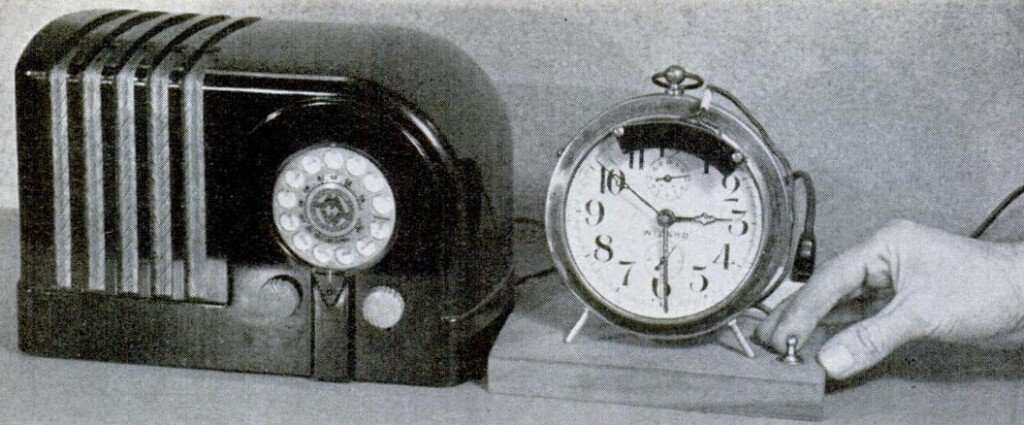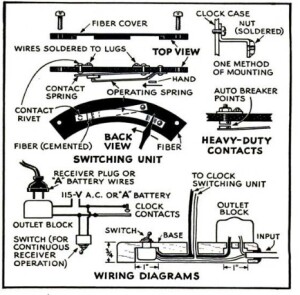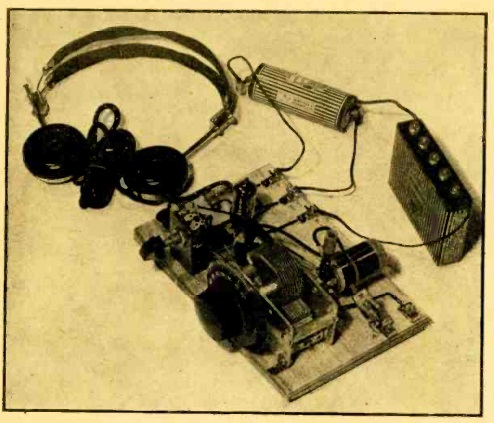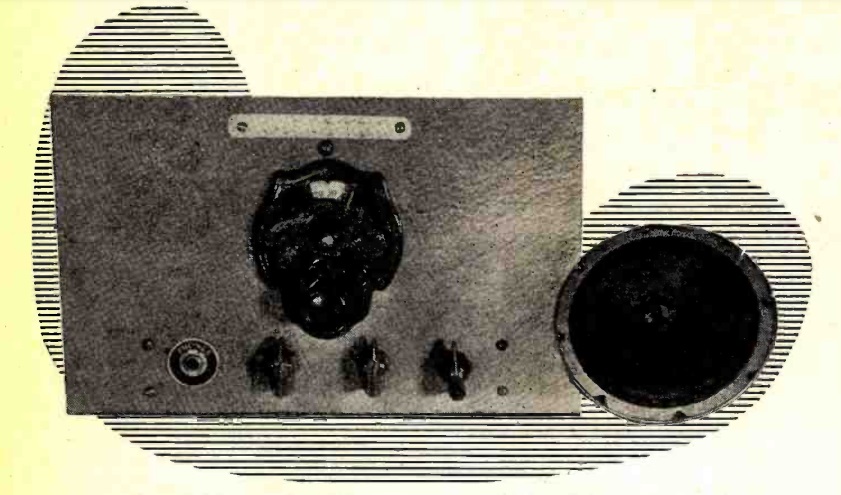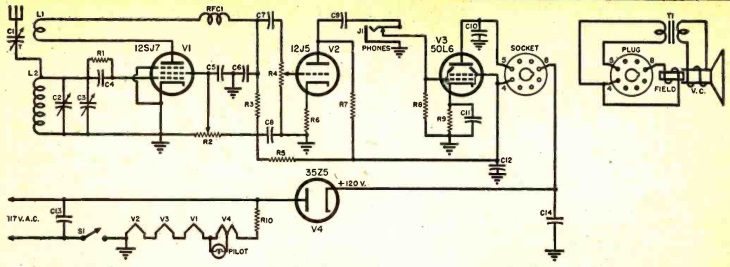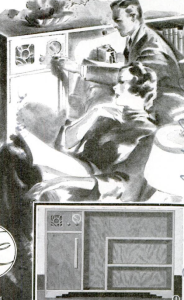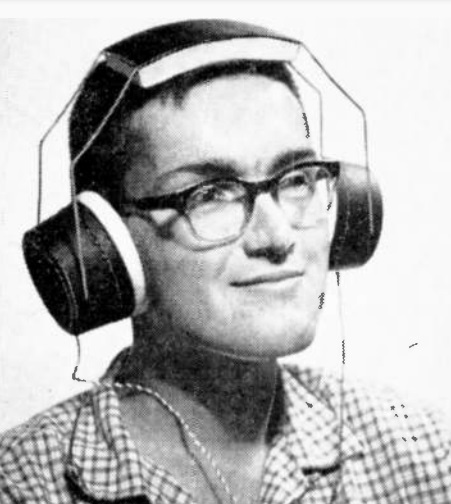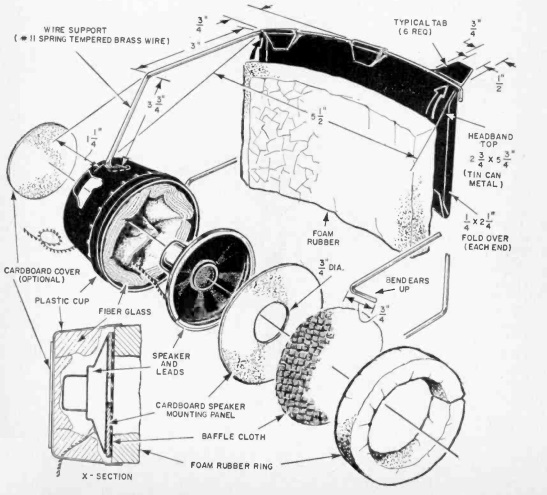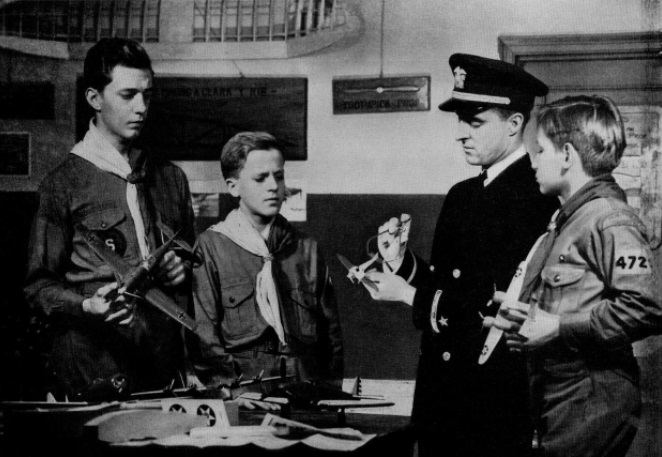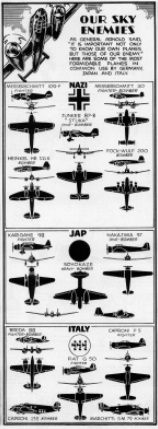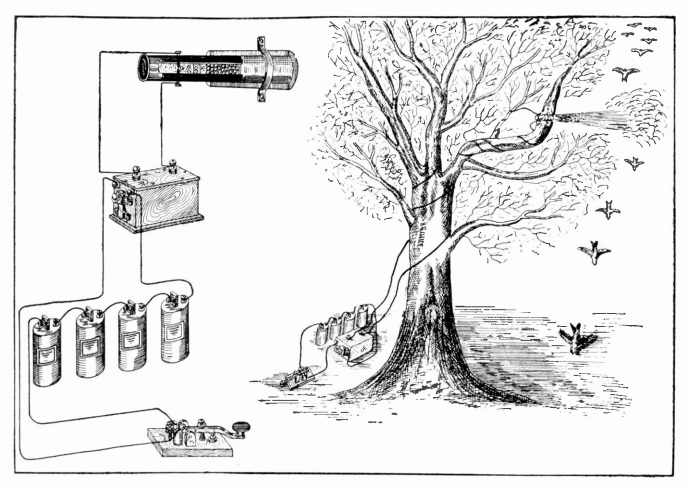 Something tells me that if you use this idea today, you might have some splainin’ to do down at the game warden’s office. But a hundred years ago, this self-explanatory idea from the May 1922 issue of Science and Invention was apparently acceptable.
Something tells me that if you use this idea today, you might have some splainin’ to do down at the game warden’s office. But a hundred years ago, this self-explanatory idea from the May 1922 issue of Science and Invention was apparently acceptable.
It was sent in to the magazine by one Venencio F. Lim, who explained that the birds sometimes flee when you get too close, so this system allowed him to observe through a telescope, after placing some bait in line with the shotgun shell. A battery, spark coil (probably from a Model T), and telegraph key rounded out the system. When the bird was in position, the key was pressed from a distance, and the bird dispatched.
Despite a variation in the spelling of the first name, it appears likely that the author was Venancio Lim, from the Philippines, a 1927 Electrical Engineering graduate of Purdue University. According to this page written by his great grandson, he went on to become the chief engineer of the national power company. He was imprisoned by the Japanese for a year, weighing only 80 pounds upon his release. He was later appointed to represent the Philippines in the War Reparations Commission, and he ultimately forgave the Japanese for his treatment.

